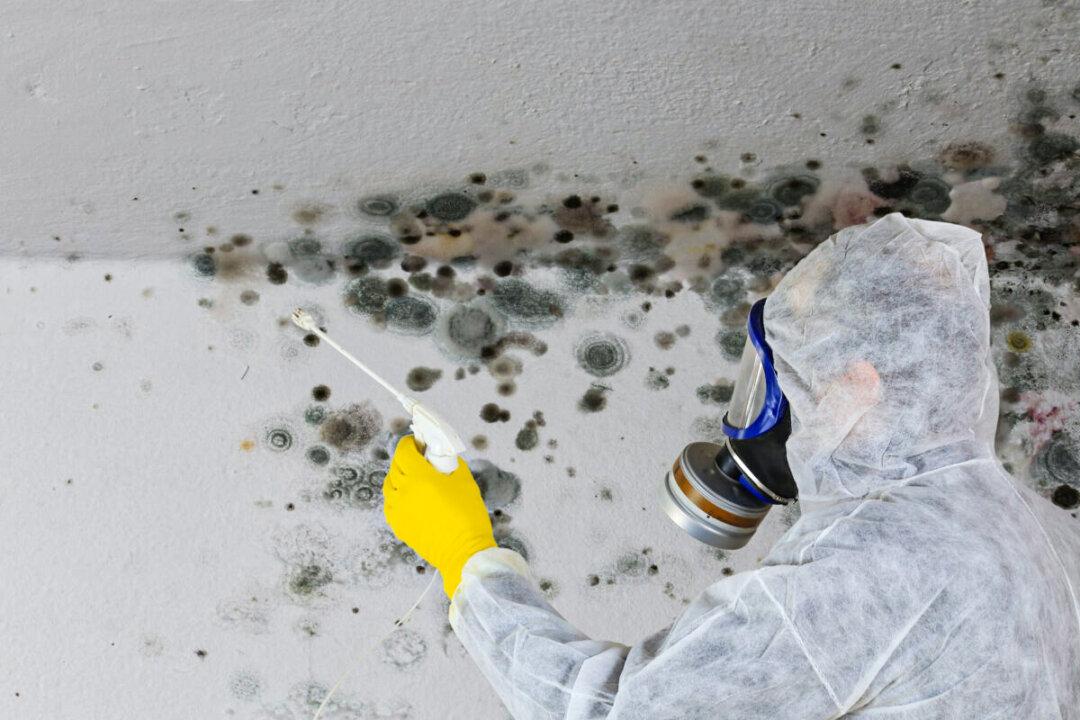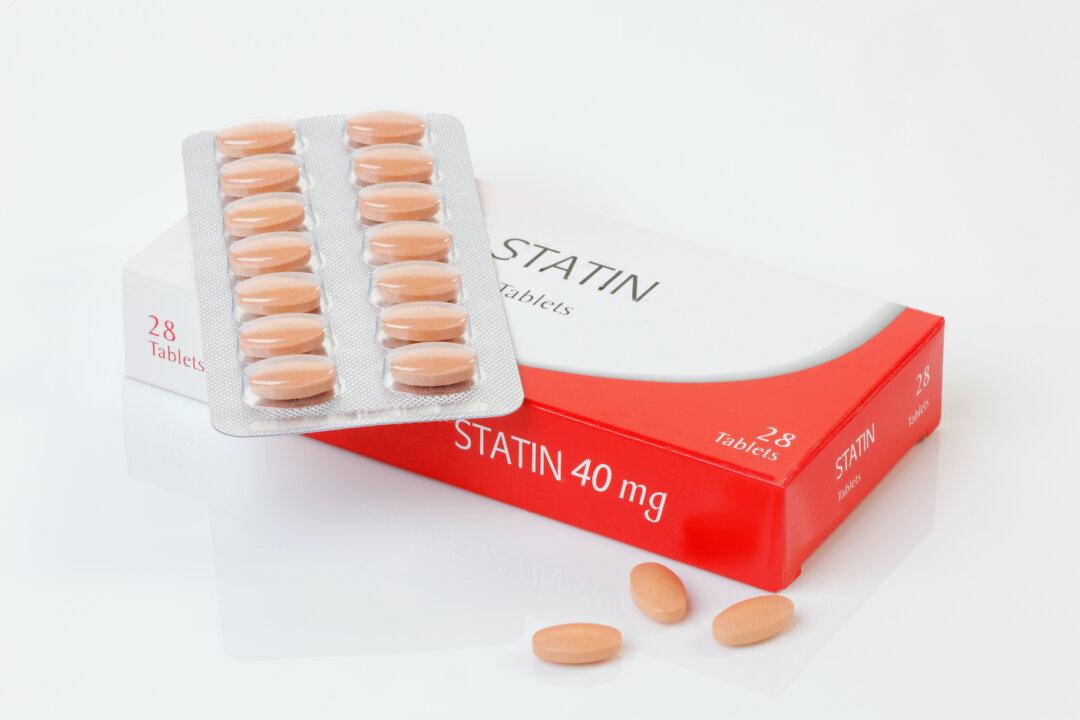Buildings used to breathe. It was inevitable and somewhat helpful, but it can make it more expensive to heat and cool those spaces with common central heating and cooling systems. When the oil embargo of the 1970s came along, building practices shifted to focus on more hermetically sealed buildings as a means to save energy.
And just as our wooden furniture and cotton clothes gave way to cheaper particle board, plastics, and polymers, building materials also shifted from stone, brick, and post-and-beam framing to stick framing, and OSB board (pressed plywood), and drywall. We sealed these spaces with sheets of plastic inside the walls or thicker membranes under the exterior finish.






